In today’s world, capturing high-quality video has become more accessible and versatile than ever before. One of the most revolutionary developments in this domain is the night vision video camera. This innovative technology has opened up opportunities for filmmakers, wildlife enthusiasts, and security professionals to shoot in low-light conditions with incredible clarity. Whether you’re filming the nocturnal behavior of animals, monitoring your property at night, or creating atmospheric art, the right night vision camera can transform your vision into reality. In this article, we will delve into the specifics of night vision video cameras, exploring their features, benefits, and applications while providing you with the information needed to choose the ideal device for your needs.
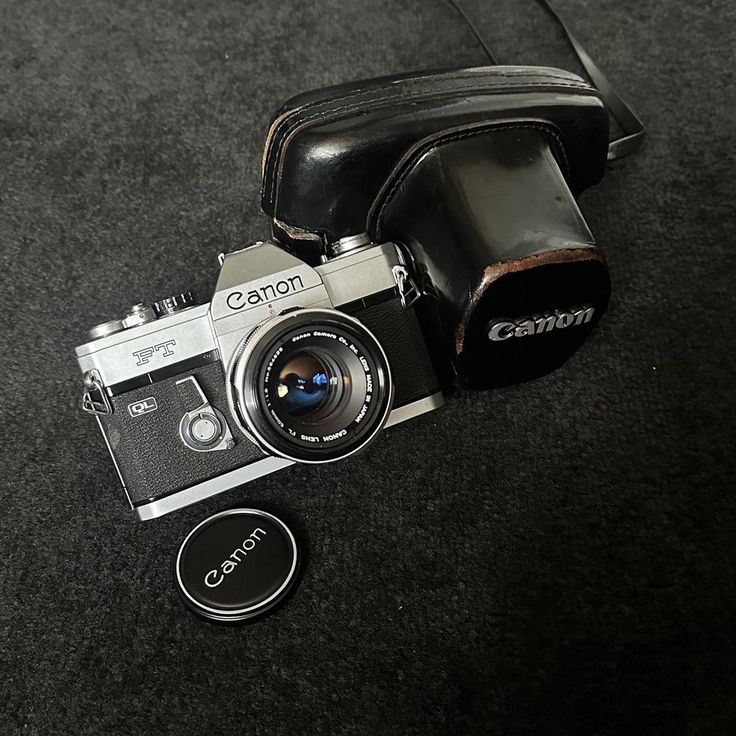
Understanding Night Vision Technology
Night vision technology operates based on various principles, chiefly photomultiplier tubes, image intensifiers, and digital infrared sensors. Traditional night vision, often referred to as Generation 1, enhances available light using a series of electronic processes, allowing users to see in complete darkness. Generation 2 and Generation 3 technologies improve upon this by providing better resolution and sensitivity. These advancements enable users to see further and with more detail.
However, newer digital night vision cameras leverage infrared light and sensor technology for enhanced performance. These devices can capture images in total darkness by utilizing infrared illuminators. This approach produces a clearer image and can often capture color video, providing a more detailed representation of the scene than older generation technologies. Understanding these technologies will aid buyers in selecting a camera that meets their specific shooting requirements, ensuring they make the most of low-light shooting opportunities.
Key Features to Look for in a Night Vision Video Camera
When you’re in the market for a night vision video camera, you must consider several key features to ensure you select the best model for your needs. Firstly, assess the camera’s resolution and image quality. Higher resolution cameras yield clearer images, which proves crucial, especially when photographing fast-moving subjects. Look for cameras that offer at least Full HD (1080p) resolution to capture sufficient detail at night.
Next, consider the infrared (IR) range. This feature determines how far the camera can see in complete darkness. Some cameras boast an IR range of up to 300 meters, while others may only offer 20 meters. Depending on your intended use—whether for wildlife observation, security, or filmmaking—ensure the IR range meets your needs.
Battery life also deserves attention. Night vision video cameras can consume a significant amount of power, especially when using infrared features. Opt for models that offer extended battery life or support for external power sources, ensuring you capture moments without interruptions. Additionally, look for features like swivel mounts and tripod compatibility, allowing you to position your camera securely wherever you need it.
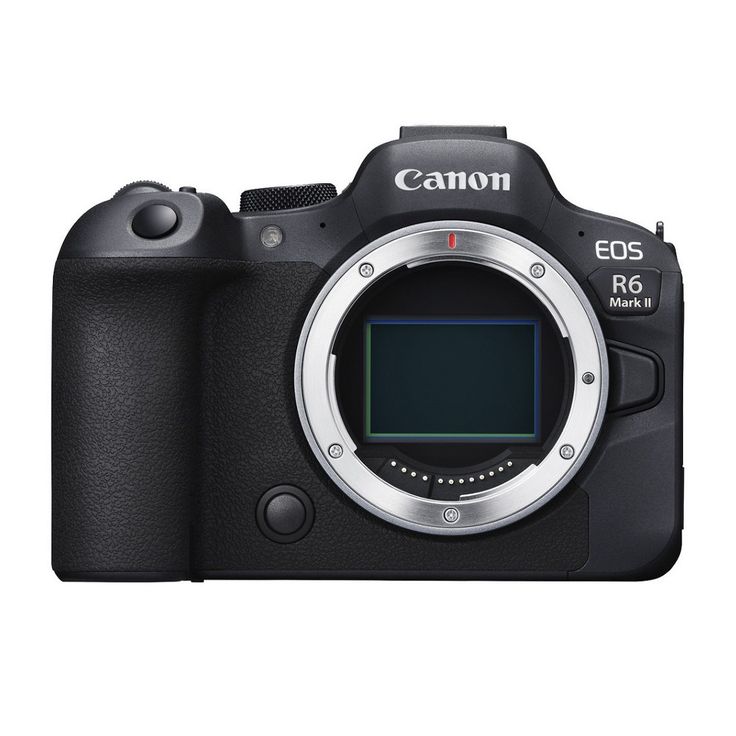
Types of Night Vision Video Cameras
When exploring night vision video cameras, you will encounter various types, each tailored to specific applications. The two primary categories include analog night vision cameras and digital models. Analog cameras are generally more affordable and suitable for basic surveillance needs. They offer decent image quality but may struggle in complete darkness.
In contrast, digital night vision cameras provide superior sensitivity and advanced features such as built-in IR illuminators and high-resolution imaging. These cameras are ideal for various applications, including wildlife observation, hunting, and even law enforcement. Some models incorporate technological advancements like Wi-Fi connectivity, enabling users to stream footage directly to their devices for real-time viewing.
Another noteworthy option is thermal imaging cameras. These devices detect heat signatures rather than relying on available light, making them incredibly effective for nighttime use. They reveal the presence of objects and individuals that would otherwise remain hidden in the dark. However, thermal cameras may not provide the same level of detail as night vision cameras in terms of color and texture. Depending on your specific filming or monitoring goals, choose the option that aligns best with your requirements.
Practical Applications of Night Vision Cameras
The versatility of night vision video cameras opens them up to a wide range of applications. Filmmakers in particular can utilize these cameras to create atmospheric scenes that delve into the mysterious qualities of the night. Whether capturing a forbidden forest or an eerie urban landscape, a night vision camera enables them to shoot striking visuals that reveal details normally hidden in darkness.
Wildlife enthusiasts benefit immensely from night vision technology. Many animal species are crepuscular or nocturnal, meaning they are primarily active during twilight or nighttime. A quality night vision video camera allows researchers and enthusiasts to observe these animals in their natural habitats without disturbing them. This kind of observation can lead to invaluable insights into animal behavior, mating rituals, and feeding habits.
Security and surveillance applications represent another vital use for night vision cameras. Business owners, homeowners, and law enforcement agencies implement these devices to monitor properties at night. With visible surveillance footage, they ensure the safety of premises and deter potential intruders. Additionally, some models include motion detection features, which trigger automatic recordings, making them even more effective for security purposes.
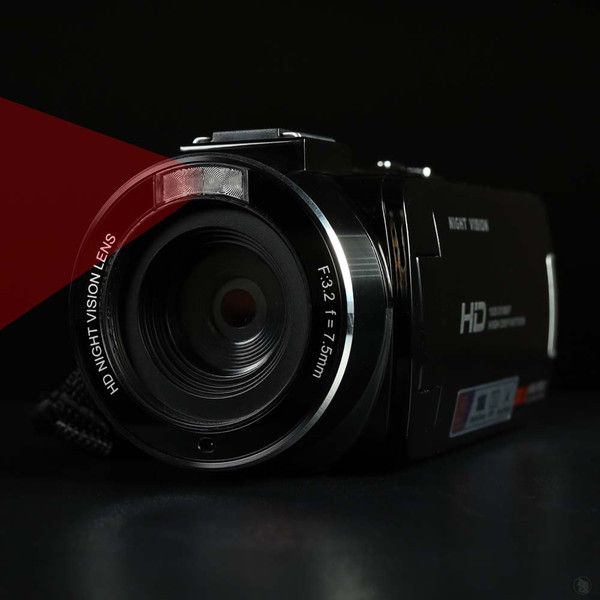
Choosing the Right Night Vision Camera for You
Selecting the perfect night vision video camera can be challenging, given the multitude of options available on the market. Begin by assessing your specific needs. Do you require the camera for wildlife observation, security, or artistic endeavors? Understanding your primary use will significantly narrow down your options from the outset.
Next, establish your budget. Night vision cameras span a wide price range, so you should understand exactly what you’re willing to invest. While cheaper models can be tempting, consider the long-term value and the capabilities you require. Often, spending a bit more ensures you benefit from enhanced features, such as better infrared range or higher resolution.
While researching, pay attention to user reviews. Exploring experiences from fellow users will provide insight into the camera’s performance in real-world scenarios. Additionally, consider warranty and customer care options for your chosen camera, as these factors can affect your overall satisfaction with the product.
Tips for Capturing the Best Night Footage
Once you’ve secured your night vision video camera, you’ll want to maximize its capabilities for optimal performance. First, familiarize yourself with the camera’s settings and features. Understanding how to adjust settings like resolution, IR intensity, and frame rates ensures you capture the highest quality footage.
Next, consider the placement of your camera. For wildlife filming, set up the camera in locations known for animal traffic. Camouflaging the camera with nearby foliage can minimize disturbance and yield better results. When using the camera for security purposes, ensure you place it so that it covers the most significant areas while remaining minimally intrusive.
Lighting plays a crucial role in night footage. While night vision cameras function well in low light, any ambient light can enhance image quality. Consider adding IR illuminators or auxiliary lights to improve your footage’s clarity. Lastly, always review your footage regularly to assess your camera settings and make adjustments as necessary.
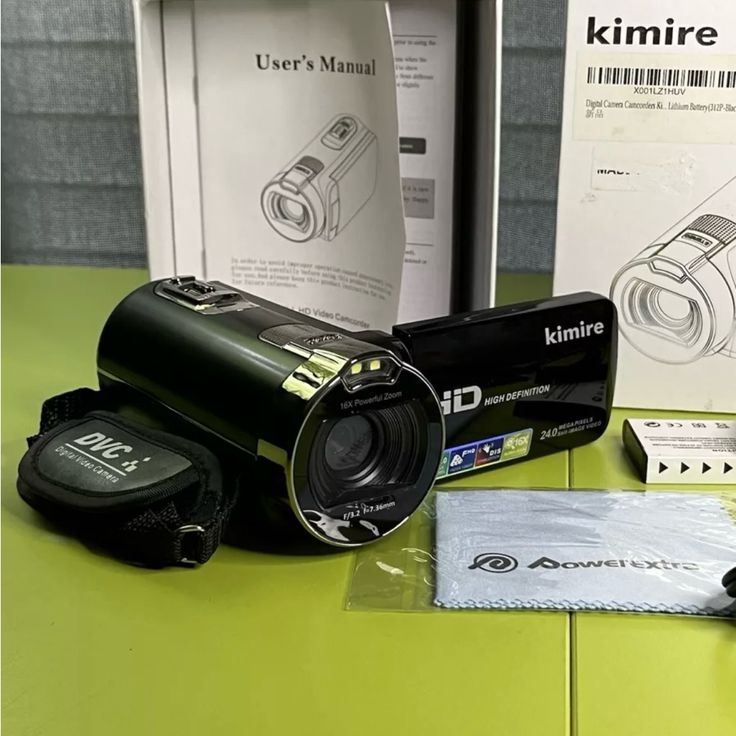
Future Developments in Night Vision Technology
As technology progresses, we can expect night vision video cameras to become even more sophisticated. Emerging advancements in image processing and sensor technology promise improvements in resolution, IR sensitivity, and overall performance. A growing trend involves the integration of AI capabilities, allowing cameras to recognize and track objects more effectively.
Moreover, we can anticipate an increase in user-friendly designs, with more intuitive interfaces and simplified controls that cater to beginners and advanced users alike. Enhanced connectivity with smartphones and tablets via Wi-Fi or Bluetooth will enable smoother live streaming and sharing of footage, making the experience more accessible.
The increasing usage of night vision in various fields, from military applications to consumer devices, will likely fuel further innovations. As demand grows, manufacturers will be driven to develop novel features that meet evolving user needs, most likely driving down prices in the process. Ultimately, the future of night vision video cameras remains bright, promising continued enhancement for those looking to capture the dark like never before.
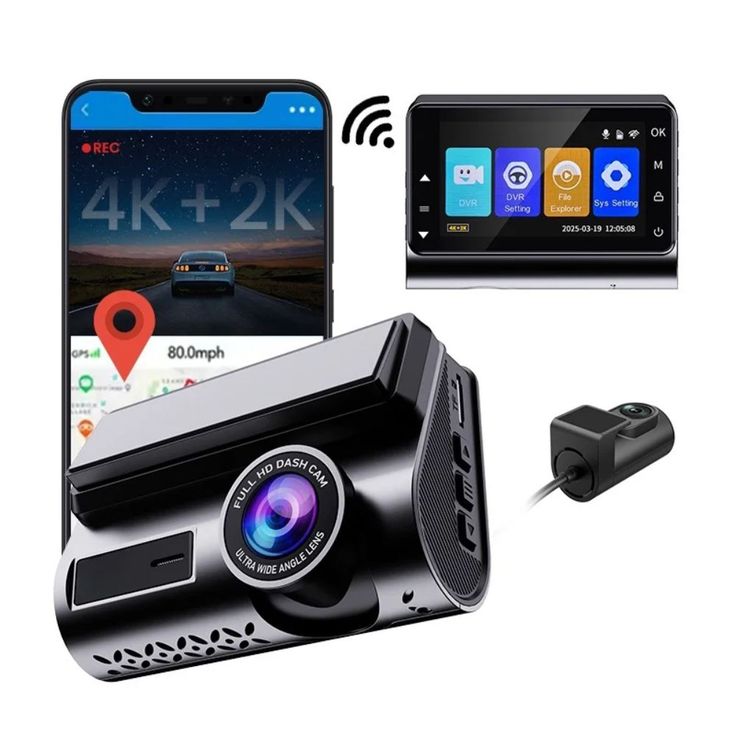
Conclusion: Embrace the Night with the Right Camera
Night vision video cameras represent an extraordinary fusion of technology and creativity. By providing the means to capture stunning footage in low-light conditions, they transform the way we see the world after dark. Whether documenting wildlife, ensuring security, or pursuing unique artistic visions, the right night vision camera allows you to push the boundaries of what’s possible.
As you explore the numerous features and options available, consider your specific requirements and budget to make an informed decision. With the right camera in hand, you can embark on an exciting journey of discovery, capturing the hidden beauty of the night. Take advantage of this powerful technology and capture the dark like never before.